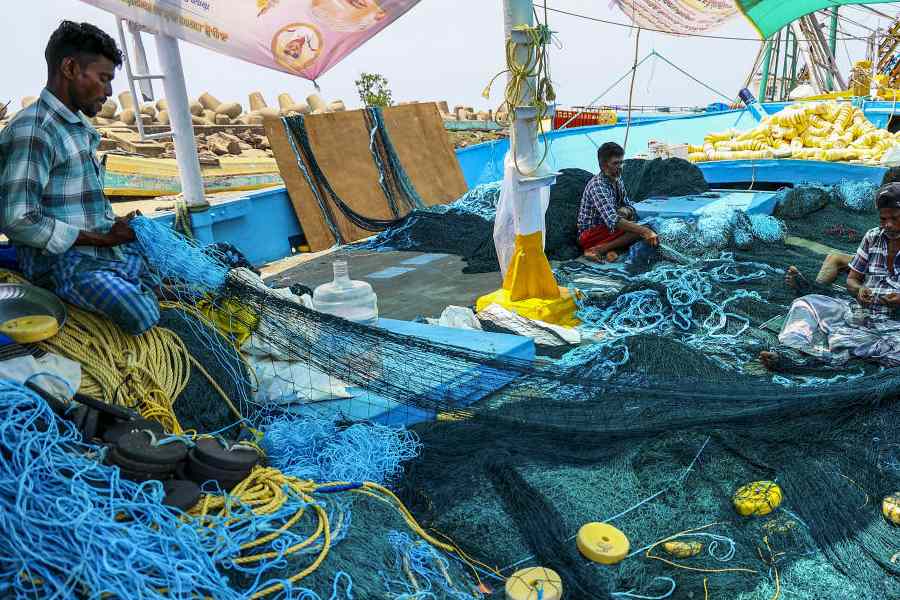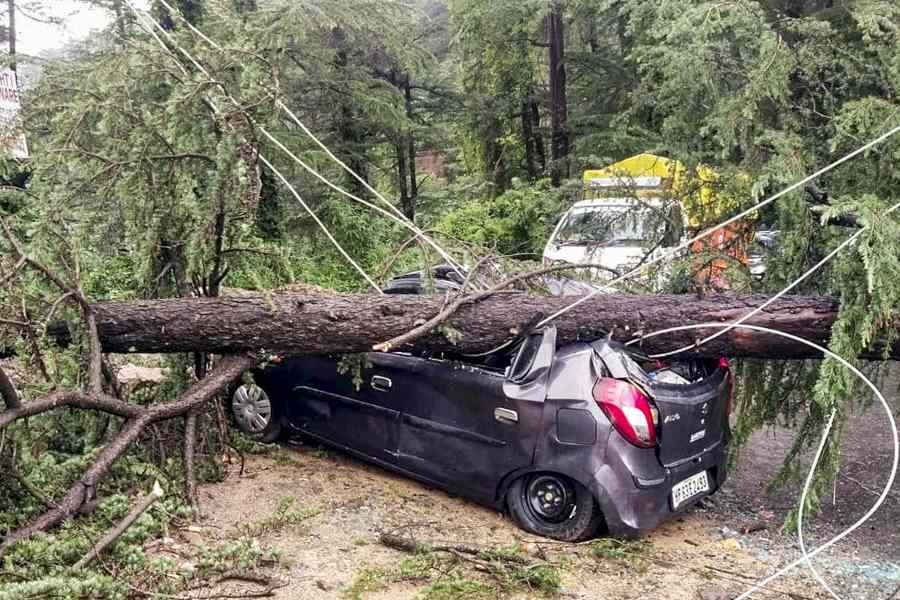 |
How much more area does the Rubber Board intend to take up for cultivation?
Robin Saikia,
Guwahati
To meet the long-term demand for natural rubber in our country, expansion of rubber cultivation is absolutely necessary.
The traditional South Indian belt has reached a level of saturation and scope for expansion is limited in those areas.
The northeastern region is the best non-traditional tract for expansion of rubber cultivation because of availability of suitable land, conducive climate and comparatively cheap labour.
The Rubber Board is implementing an expansion programme in the region by providing financial assistance to the growers as per the government of India approved scheme for which target is set under each plan period.
The proposed target for 10th plan period is 10,000 hectares, which is under the consideration.
Do you provide any incentive to the cultivators?
Hiteswar Kakoti,
Sivasagar
The Rubber Board does provide free technical assistance, training and also supplies high-yielding planting materials, required inputs, marketing arrangements through trading company and cash incentives to the tune of Rs 24,000 per hectare (under the 10th plan proposal).
There has been a lot of talk of creating a rubber revolution in the Northeast, considering the vast area, which the board has taken up for cultivation. Have we reached the stage or not?
Joseph Lyngdoh,
Shillong
The crop, with its vast socio-economic and ecological benefits, has already proved its credentials in the areas of northeastern region where rubber is being cultivated.
Besides economic benefits, the crop has created hope and aspirations among the people by providing employment and permanent income with the involvement of the local youths and women.
The Rubber Board is earnestly helping entrepreneurs with multifarious support. Co-ordinated efforts from various agencies, including the state government, are required to spread the movement to vast areas.
Tripura has already proved this approach successful. This has been possible with all kinds of support from the state government.
According to expert projection, India will face serious shortage of natural rubber by 2005.
Considering the available supply of rubber in the international market, India may lose out on a sizeable share of foreign exchange by having to import rubber after 2005.
Are there rubber co-operative societies in the Northeast for helping growers?
Isak Ao,
Dimapur
The Rubber Board is taking initiatives to set up rubber growers’ societies among the farmers for taking up group planting activities and group processing.
These societies act as a link between farmers and the board for distribution of various inputs and transfer of technology.
What will be the board’s thrust areas in the Northeast over the next five years?
Sunny Baruah,
Itanagar
The Rubber Board has already taken up a programme for expansion of 10,000-15,000 hectares of cultivation during the 10th plan period in the Northeast.
The other areas including transfer technology, supply of high-yielding suitable cultivators will continue be given priority.
A Rubber Research Training Centre, with a financial outlay of Rs 9.6 crore, will be set up in Assam over the next five years.
The infrastructure facilities required for training are being expanded in places like Guwahati.
Besides, the rubber board is also planning to bring a large number of small growers into the fold of group processing centres for quality upgradation with the aim of providing better price and creating scope for export.
Q:What kind of rubber byproducts can be made in the northeastern region?
Daisy Sarmah,
Imphal
A:Bee-keeping inside rubber plantations and rubber wood are the two important byproducts, which can be developed in the Northeast apart from seed oil.
Concluded











